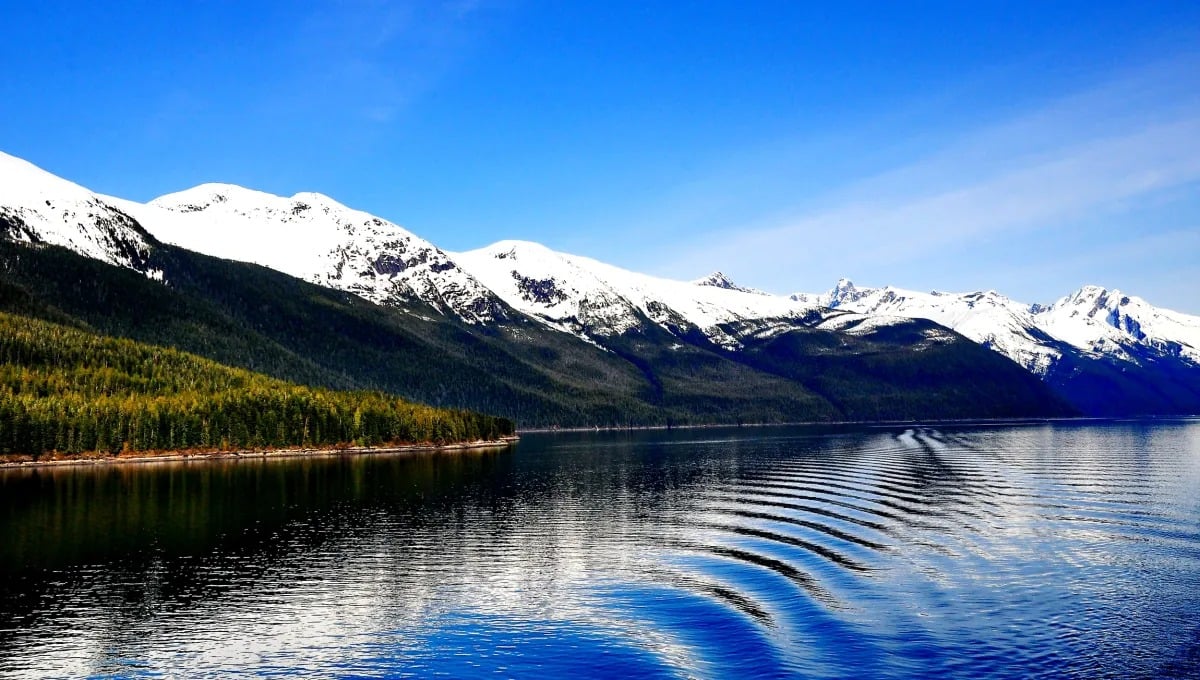
One of the best ways to explore Alaska is by renting a car and hitting the roads for yourself. By renting a car, you gain full control of your itinerary and open the door to more opportunities and personalization of your trip.
But renting a car in Alaska can come with a few complications. Driving in the Last Frontier can be a challenging and sometimes dangerous adventure. To help you prepare for your journey, we’ve compiled a list of tips on how to navigate Alaska’s road system, prepare for each season, and save costs on pricey car rentals.
Navigating Alaska’s Roads: Gravel and Paved Highways
Alaska boasts a mix of paved highways and gravel roads. The main highways, like the Alaska Highway, the Seward Highway, and the Parks Highway, are paved and well-maintained, providing a comfortable drive through some of the state's most iconic landscapes.
However, part of the Alaskan experience includes gravel highways, such as the Denali Highway or the Dalton Highway (Haul Road), which are less developed but incredibly scenic. These roads offer a taste of wild Alaska but require more cautious driving.
If you plan to explore these routes, here are some additional tips:
Check with your rental company: Some rental agreements prohibit driving on unpaved roads, so double-check before venturing onto gravel highways. In Fairbanks and Anchorage, numerous rental agencies cater specifically towards these types of rentals – offering 4x4 rentals that are equipped with everything you need to get away from the pavement.
Drive Slowly: Gravel can be unpredictable, causing vehicles to shift and slide. Maintain a slow speed and keep a safe distance from other vehicles to prevent chips and damage from thrown rocks. If you plan on traveling on the Dalton Highway, be sure to pull off the road entirely when trucks are passing to ensure your windshield is protected. Due to the harsh weather conditions, even paved roads can have major potholes or ruts. Keep an eye on the road at all times, and slow down if the pavement gets rough or you are uncomfortable.
Be Prepared: Some of these roads are remote, with services few and far between. Carry extra fuel, food, water, and a spare tire.
Emergency Supplies: If you plan on traveling on the gravel roads or in winter, always have emergency supplies. These should also include a tire repair kit, a portable air compressor, jump-starter, and emergency beacon device. Also consider traveling with another car to allow for an extra layer of safety should you encounter car issues during dangerous weather conditions. .
Seasonal Driving Tips
Each season in Alaska presents its unique charm and challenges for drivers. Therefore, it's crucial to be prepared for the varying conditions you might encounter during your road trip.
Spring
Alaska's spring is characterized by 'breakup,' a period of thaw making the roads slushy. Remember to have suitable tires and practice cautious driving. As wildlife emerges from hibernation, maintaining safe speeds can help avoid unfortunate encounters. Foliage can be incredibly dense along the side of the road, and large animals, such as moose and bears, can quickly appear. These animals can cause major damage to a car and passengers (and harm fragile wildlife populations). Keep a close eye for wildlife and maintain slow speeds in dense areas.
Summer
Summer in Alaska brings clear roads and the Midnight Sun phenomenon. As tourist activity peaks and construction work commences, be prepared for increased traffic. Also, the sun can be intense, and mosquitoes plentiful, so sunscreen, bug spray, and sunglasses are must-haves in your car.
Autumn
In autumn, Alaska transforms into a golden-red canvas. While early snowfall can make roads tricky, the season offers a chance to witness the breathtaking Northern Lights. However, if you stop to watch, ensure you safely pull off the road, carry flashlights, and keep the car running if temperatures are below zero.
Winter
Winter driving in Alaska is not for the faint-hearted. Equipping your car with winter tires and possibly chains is crucial. Your car should always carry a winter survival kit, including a blanket, flashlights, food and water, a shovel, sand or kitty litter for traction, and a first-aid kit. Remember, driving slowly and safely is paramount due to icy roads and limited daylight. If you are planning on visiting Fairbanks, check with your rental to see if they have a block heater on the engine and provide an extension cord. Engines can freeze in the extreme cold, and you will need to plug in the heater when your car is parked for extended periods of time. Most hotels and AirBnBs will come with an outside plug that can help you keep your car ready to go.
Saving Money on Car Rentals
An economical way to explore Alaska's sprawling landscape is by renting a car. Here are some practical tips to save on car rentals:
- Visit during off-peak seasons, notably spring and fall, to secure drastically lower rental costs. With fewer tourists around, demand decreases, leading to lower prices.
- Consider renting from a peer-to-peer car rental service, such as Turo. This platform allows you to rent cars directly from their owners, which can often be more affordable than traditional rental companies.
Preparing for Your Unforgettable Alaskan Road Adventure
Road tripping through Alaska is a unique and rewarding journey, offering an intimate experience with the state's unrivaled landscapes. However, it does require careful planning, taking into account the season, road conditions, and rental agreements. With these tips in hand, you're now ready to embark on an unforgettable Alaskan adventure. Always remember, safety is paramount, but so is soaking up the experience.

